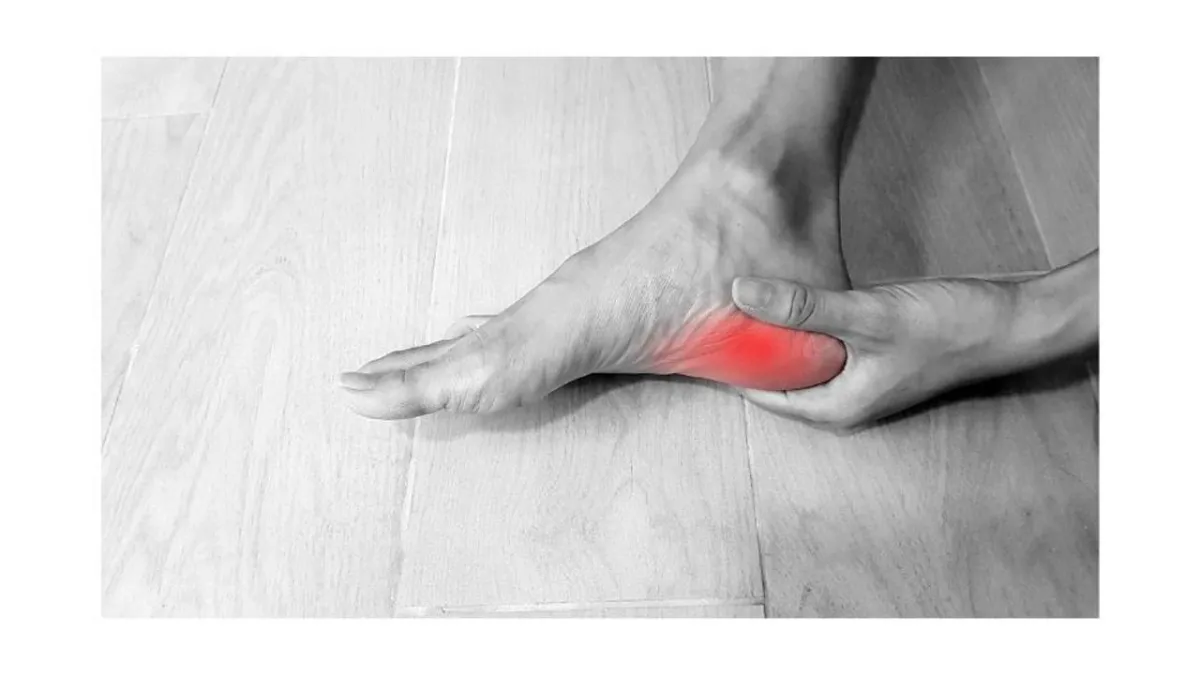Tips & Advice From South Dublin Podiatry

Heel Pain
Why Does My Heel Hurt? Understanding Heel Pain and What You Can Do About It
If you’ve ever taken that first step in the morning and felt a sharp, stabbing pain in your heel, you’re definitely not alone. Heel pain is one of the most common foot complaints and it can seriously affect your day-to-day life. Whether you're athletic, a busy parent, or just someone trying to make it through a workday without limping, dealing with heel pain can be frustrating.
So what causes heel pain? And more importantly, what can you do to treat it (or prevent it from coming back)?
Common Causes of Heel Pain
There are a few key culprits behind most heel pain:
1. Plantar Fasciitis
This is the most common cause of heel pain. It happens when the plantar fascia, a thick band of tissue that runs along the bottom of your foot, gets irritated or inflamed. It usually feels like a sharp pain in your heel, especially when you first get out of bed or after sitting for a while.
2. Heel Spurs
Sometimes, long-term strain on the foot muscles and ligaments can lead to calcium deposits, or "heel spurs." They sound painful, but interestingly, not all heel spurs actually hurt. When they do, the pain often overlaps with plantar fasciitis.
3. Achilles Tendinitis
Pain at the back of the heel? This might be Achilles tendinitis—an overuse injury of the Achilles tendon. It’s common in runners or anyone who suddenly increases physical activity.
4. Bursitis
There are small, fluid-filled sacs (called bursae) around your joints that cushion movement. When these become inflamed, it can cause heel pain, especially around the sides or back of the heel.
5. Stress Fractures or Bruising
If you've recently had a sudden increase in activity or trauma (like jumping, running, or a hard landing), the pain could be due to a stress fracture or a deep bruise.
What Can You Do About It?
Luckily, most heel pain can be treated without surgery. Here’s how:
Rest and Ice: Give your foot a break, especially if the pain is new. Ice can help reduce inflammation.
Stretching and Strengthening: Gentle stretches for your calves, Achilles tendon, and plantar fascia can work wonders.
Supportive Footwear: Ditch the flip-flops and unsupportive shoes. Look for shoes with good arch support and cushioning.
Orthotics or Inserts: Over-the-counter or custom orthotics can help correct foot mechanics and reduce strain.
Anti-Inflammatories: Medications like ibuprofen can help with swelling and discomfort (always follow your doctor’s guidance).
Physical Therapy: If the pain persists, a physical therapist can help you strengthen key muscles and improve mobility.
When to See a Podiatrist
If heel pain doesn't improve after a few weeks of home treatment, or if it's severe, it’s time to see a Podiatrist. Sudden, severe pain or swelling could indicate a more serious issue, like a tear or fracture.
Heel pain is incredibly common, but it’s not something you have to live with. With the right care and a little patience, most people can get back on their feet without long-term issues.
Take it seriously and don’t be afraid to reach out for help if it sticks around.
Ask South Dublin Podiatry And Their Team
Fill in the form to request a Call From Our Team
One of our team members will call you for FREE and answer any questions or concerns you may have about your condition




